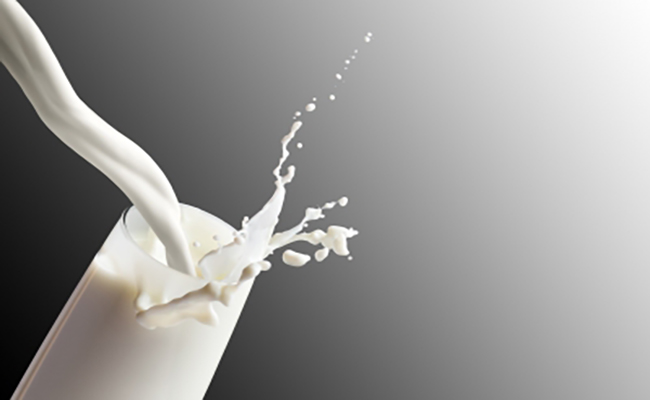Many people struggle with following a heart healthy diet and losing weight due to emotional struggles. For that reason I want to share with you a fantastic resource to help you work through the emotional hurdle of forgiveness.
Forgiveness is a journey, not an event. Brenda Adelman is holding a four week Compassionate Forgiveness Telecoaching Series that will blast you through what’s been stopping you from really feeling happy. In these four 90-minute sessions you will dive into the work that’s needed in order to start feeling better and you’ll have Brenda and the other group members by your virtual side for support.
Here’s what some recent participants in the telecoaching series had to say:
“Finally, I really do have compassion, actual compassion, for the ways I can be. And that has been a huge breakthrough in Self-Forgiveness.”
“Thank you Brenda, and to the group as a whole, for this class, and for helping me get back in touch with my better parts.”
“I want to thank you for helping me get unstuck from such an OLD pattern that had returned. I really was mired down in it. You’re a great energy mover (I’m a 2nd degree reiki practitioner, among other things) besides your many other talents.”
Have you been wronged or betrayed and can’t let go of your anger?
Does the hurt of the past still haunt you?
Are you filled with self-judgment and beat yourself up constantly for the choices you’ve made or didn’t make?
Are you ready to learn how to let go of your resentments so you can experience more freedom? If you are Brenda can help you. Everything she teaches she’s lived.
Go to https://www.e-junkie.com/ecom/gb.php?cl=19792&c=ib&aff=40122 to find out how you can join this intimate forgiveness gathering and start experiencing more peace today.
All the best,
Lisa Nelson RD
Heart Healthy Tips




